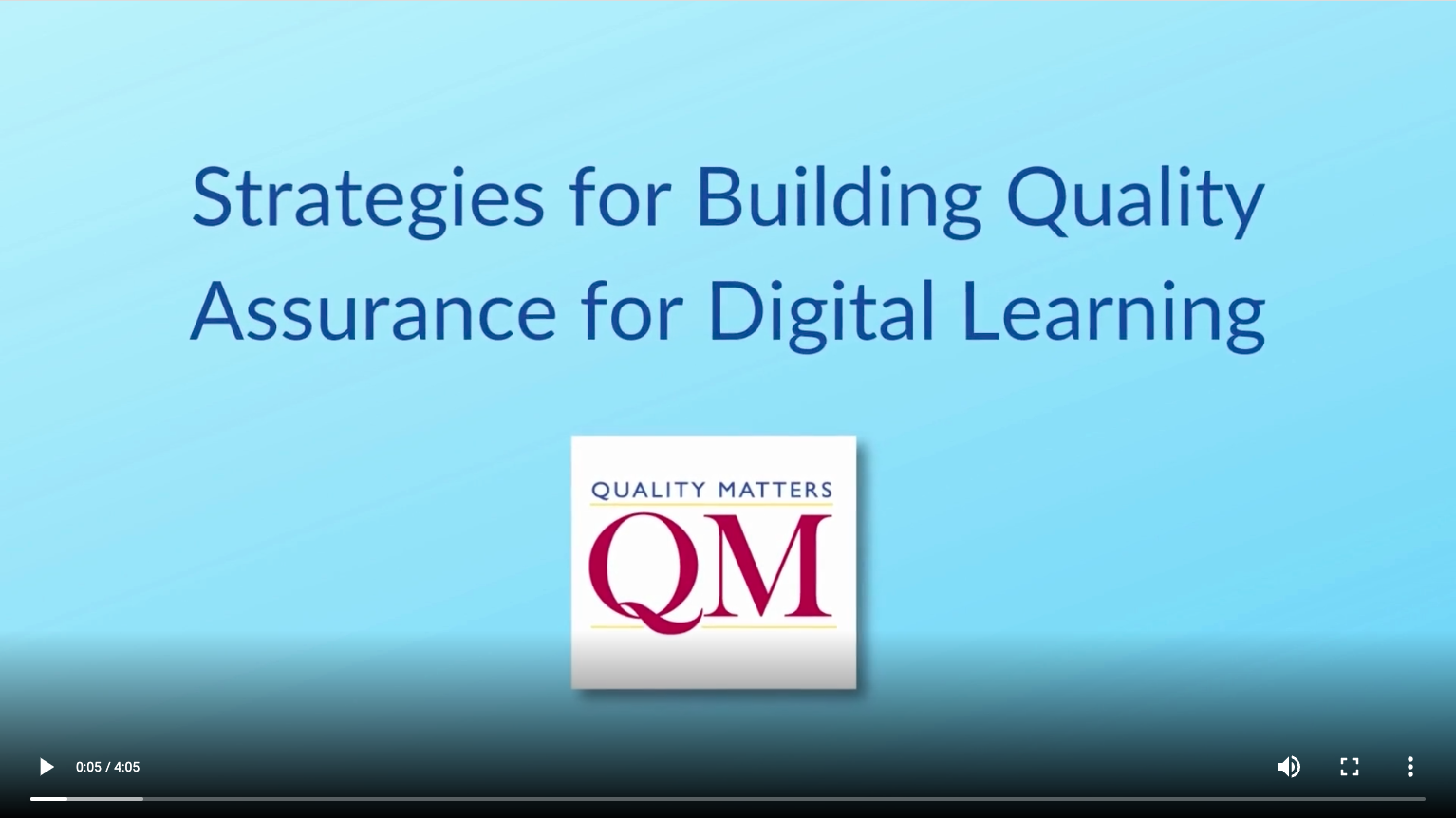Dr. Deb Adair

QM members from the North American region share their thoughts on how to implement quality assurance for digital learning and why it’s important.
The UNESCO World Higher Education Conference (WHEC), which took place May 18-20 in Barcelona, is held once every ten years. (Because of the COVID pandemic, the last time it was held was in Paris in 2009.) The focus of WHEC2022 was on the transformation of higher education and “reshaping ideas and practices in higher education to ensure sustainable development for the planet and humanity.” The entire event reflected what many in the QM community have already been discussing — the need to create more open, inclusive, equitable, and collaborative higher learning systems in response to current trends and realities (see the summary article for the event).
My panel presentation in Barcelona was one of many opportunities to engage with the 2,000 participants from 139 countries, and another 8,000-9,000 online, at what was only the third-ever world higher education conference. Higher education leaders in attendance represented ministries of education, national and international accreditation and quality assurance bodies and higher education institutions from all over the world. Student groups participated as well. It was essentially a week of engagement before, during and after the conference to discuss shared challenges, ideas for solutions, and the work that lies ahead of us all. The UNESCO Roadmap 2030 is the output of WHEC2022 and is a working document that calls out the need for higher education (HED) to embrace flexible learning pathways, recognition, mobility, and internationalization: The evolving landscape of HED is leading to a greater diversity of academic programs and the need to provide flexible learning pathways through recognition of all types of learning.
This evolving landscape is top-of-mind for many higher education leaders who will need to drive innovation in ways that ensure quality and foster trust in student learning and student outcomes. Roadmap2030 specifically calls out what QM has long recognized, that “quality assurance mechanisms can be important levers for HED change.” We understand that implementing robust internal quality assurance practices for digital education amounts to an exercise in organizational change and that quality assurance (QA) — done right — can advance, rather than inhibit innovation (see Adair, D. and Shattuck, K). This is the change we work to advance with our support for planning for quality assurance and through the very practical yet skilled work of implementation. QM’s QA Implementation Landscape identifies the explicit levers for change that can be used within institutional contexts. QM is able to use this framework to provide guidance in navigating the landscape and using these levers in skillful and context-specific ways that advance — and evidence — quality in digital learning.
This work represents a change for QM as well. We continue to pursue our quality evaluation and recognition work with QM Rubrics, professional development, and course and program certification; the difference is that we are leaning into the very real challenges of implementing robust quality assurance practices in complex institutions. Within an institution, it is the people, the policies, the resources, the processes, the communication structures and norms, and evaluation practices, reflecting the institutional context, that can become enablers or disablers of effective quality assurance protocols. The QM community is deeply immersed in this landscape for digital education and QM’s experience and research suggests that the skills and knowledge for navigating it are rarely found in a single individual, nor is it developed organically.
To be a lever for change — to purposefully drive and evidence quality in digital innovation — knowledge and skills need to be developed and expertise from across the institution needs to be engaged. This is the real work required to build an internal quality assurance practice and to develop an organizational culture of quality. QM is ready to support the development of quality assurance mechanisms that can be important levers for the changes we want and need to see in higher education — in North America and around the world.
Adair, D. and Shattuck, K. (2019). Assuring quality while creating and innovating. In K. Linder (ed.) Business of Innovating Online. Sterling, VA: Stylus Publishing, LLC
